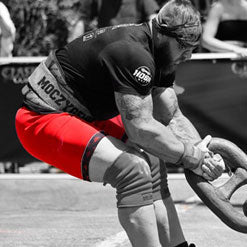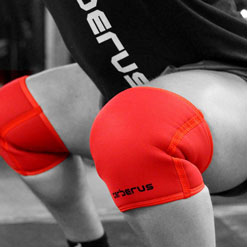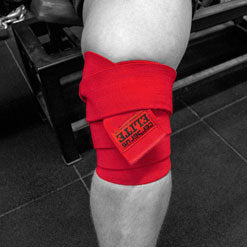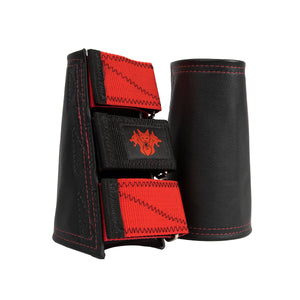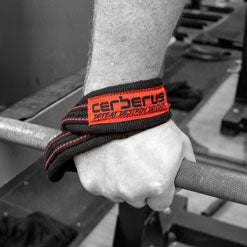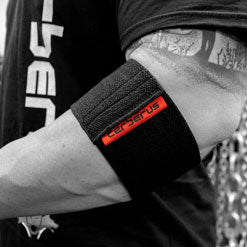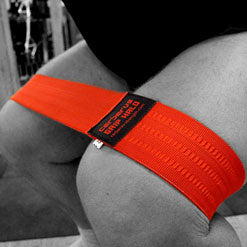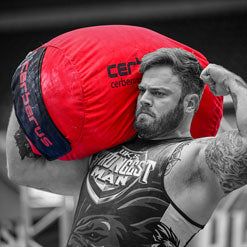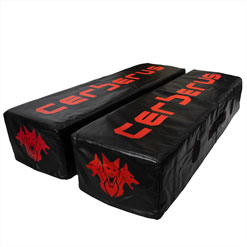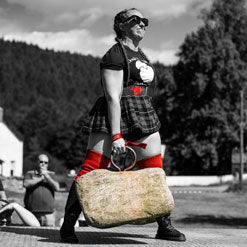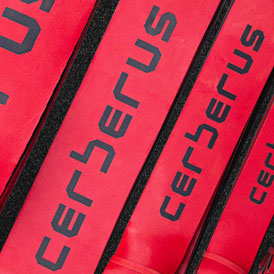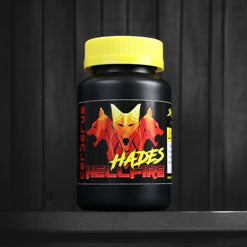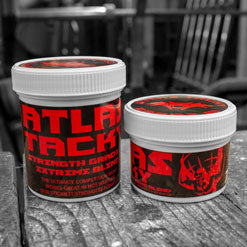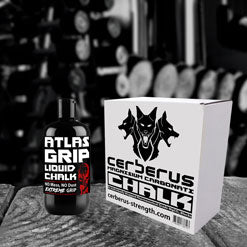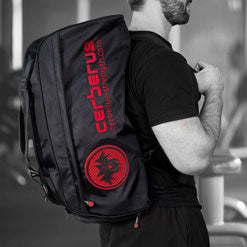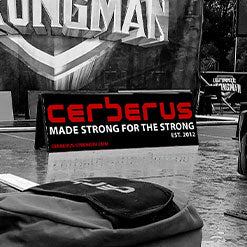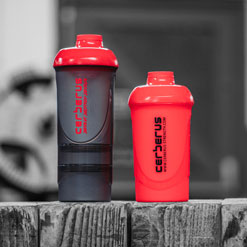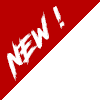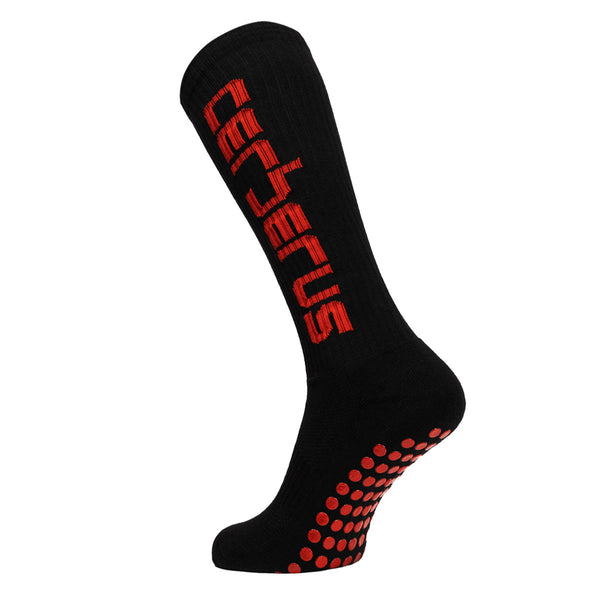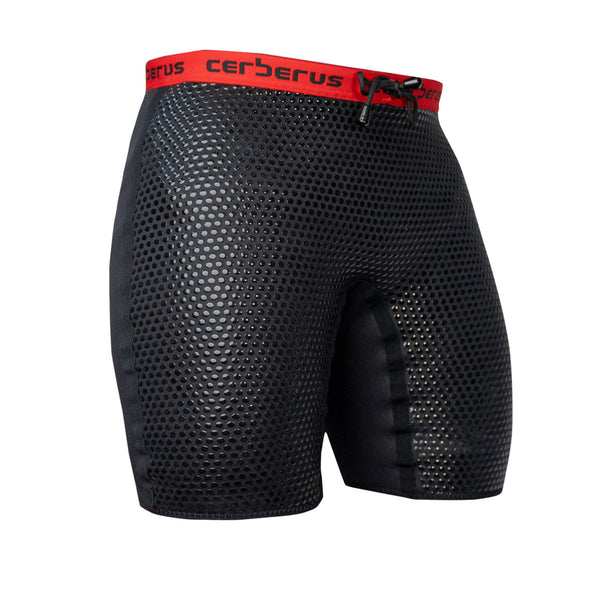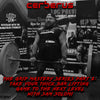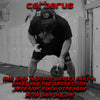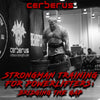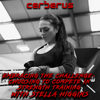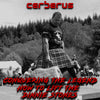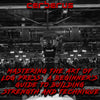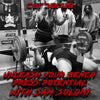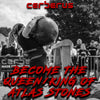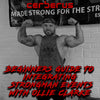Not to be biased or anything but, the deadlift I believe is the ultimate test of strength.
Like every lift, some of us love it and some of us hate it, especially when the progress slows or stops completely. You may like it or lump it, but the majority of strongman competitions usually have some form of deadlift variation. Be it for max weight or max reps, and if powerlifting is your thing then it’s in every competition.
Thus there is indeed a benefit in improving your deadlift and it’s variations. It can help keep you in the points at your next strongman competition, or improve your total at the next meet.
Over the next while I’m going to be giving you some pointers that has not only helped improve my clients deadlift but also my own.
Let’s start with the basics on how to build your deadlift from the ground up.
1. Form
I’m by no means the form police and in strongman hitching etc is allowed, this is really just using other muscles to compensate for weaker ones. My advice to anyone will always be, to strip it back and dial in your form. All while remembering to work on the weaknesses.
A good starting position in the deadlift is crucial to how easy you make locking out the lift. We can use some different variations to help get better from the floor but in my experience from coaching others, when we fix form the initial pull from the floor and the lift as a whole gets better. It also safe guards the lifter from injury so it’s a win win and a no brainier really.
We are all different shapes and sizes, so biomechanics means we won’t all setup the same due to different body compositions and lever lengths. But there’s a few things we can all benefit from doing, to get that bar moving far from the floor at starting position.
2. Foot placement
You want to place the feet where you can get the best leg drive. A good way to pin point exactly where to, is by trying a vertical jump. Where you place your feet for this jump looking maximal height is generally where your feet should be placed in the deadlift.
You also want to be pulling in a flat, solid shoe not something spongey or with a heel. This is because, the heel tips forward your posture and enables you to distribute the weight when pulling. Much like the heel, something with a soft sole does not benefit you as it also aids in the distribution of force. This is what you don’t want from our shoes when going for a deadlift. What you should aim for are solid flat shoes that allows the force to be focused directly and for your heels to be planted into the floor.
This is one of the reason you see guys deadlift barefoot or in some sort of foot wear with a flat sole.
3. Bar placement
You want the bar to at least be mid foot or over where the shoe laces normally tie. Keep the bar as close to your center of gravity as possible. If you start with the bar too far forward, it will instantly pull you over the bar and out of a ideal starting position. You want the shoulders to be in line with the bar, not in front of it, this will ensure the bar stays close.
Here you can use a smart phone to your advantage. Film your lift from the side to assess your shoulder and hip placement and make the needed adjustments. You should be pulling back on the bar and not just upwards, this tip will allow you to keep the bar close to the body at all times.
When the bar passes the knees you want it to be touching your quads right away, if it’s only hitting your thighs half way up then the bar was still little bit to far out in front.
4. Hip position
You don’t want to be starting with the hips too low, as you won’t generate a lot of power and if they’re too high you’ll get no power at all. Thus having good hip and shoulder placement at the start of the lift will help you generate good leg drive from the floor.
5. Stay tight
Before you make that pull everything should be locked down and tight when you get into position. Think of a crane before anything it lifts breaks the ground everything is tight.
The chains are tight the wire over the pulleys is tight and in a straight line before anything breaks the ground. Machinery lifts optimally for a reason too, it’s not just a coincidence.
Make sure to brace your core and if you wear a belt, push your stomach into it as hard as possible. This will allow you to create more pressure in your trunk area. Keep head in a neutral position and get ready to pull.
If you're struggling with your deadlift work, even through utilising these 5 pointers before you break the bar from the floor. Then stay tuned for the next post, where I will cover the different accessories and variations needed to help with weaknesses during the pull.
Until then, keep pulling
Yours in strength
Peter Bremner










